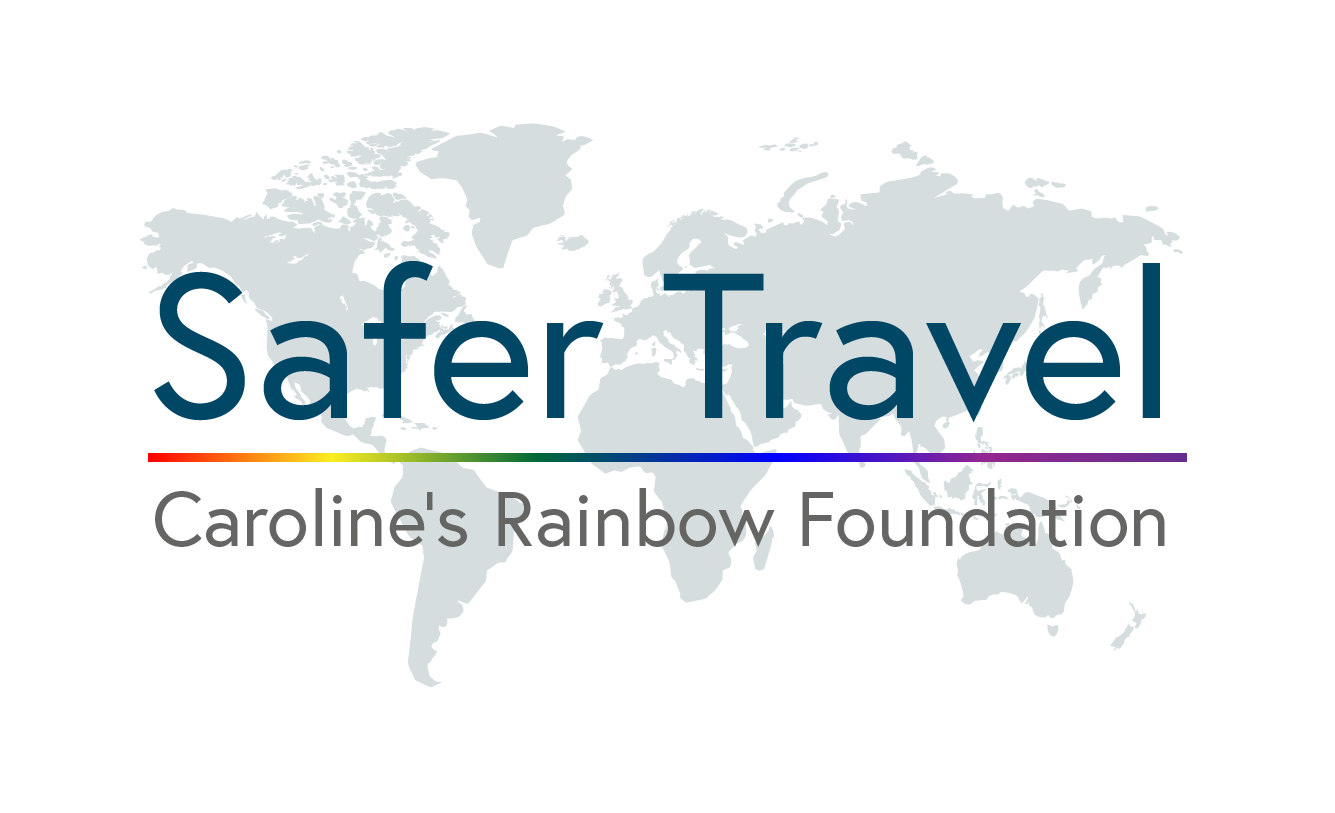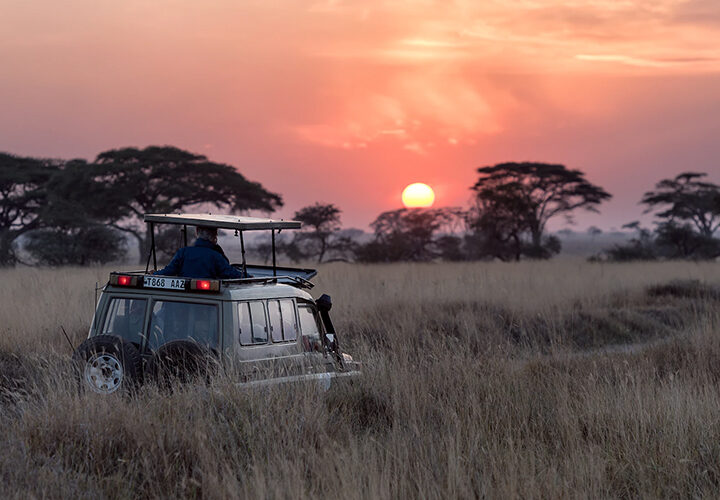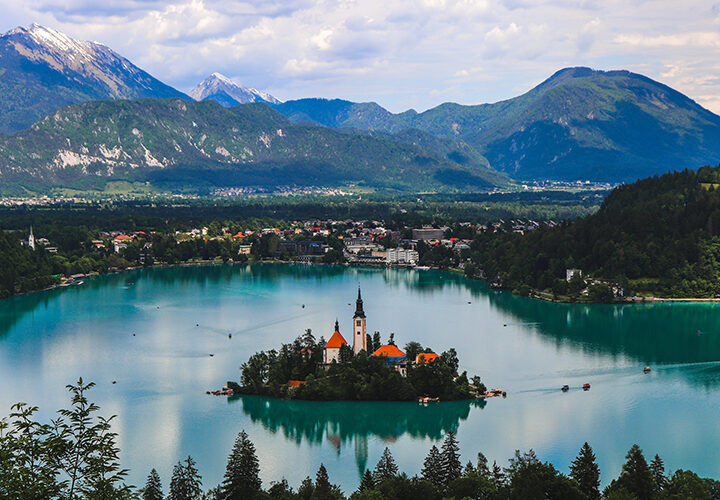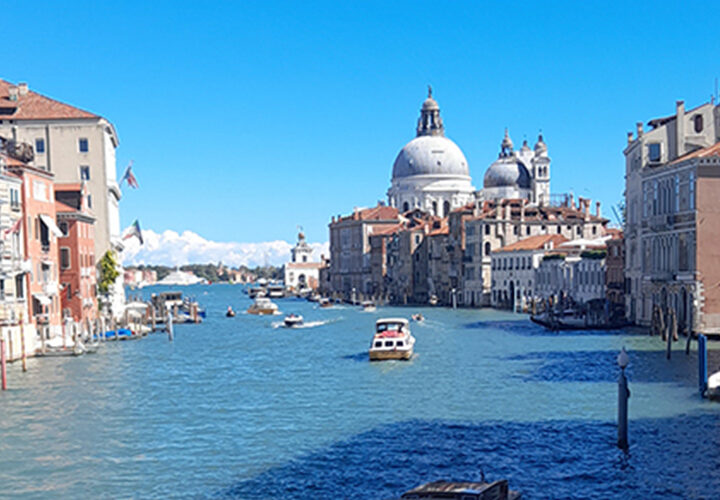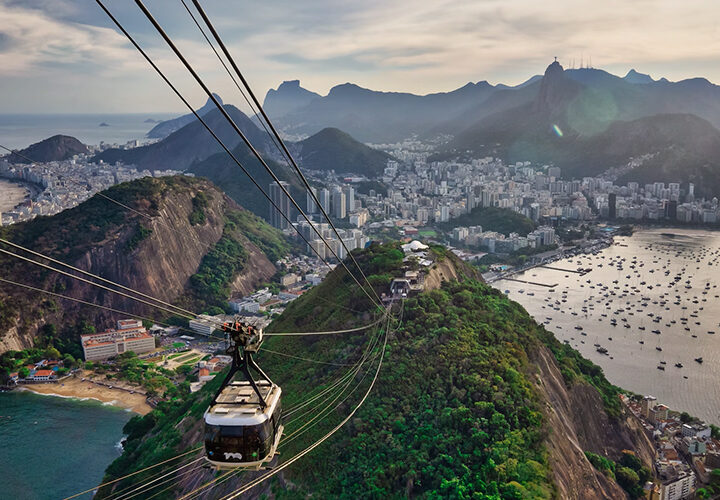Everything you need to know about the traffic light system
On the 17th of May 2021, the international travel from the UK began to reopen, with a three-tiered ‘traffic light’ system being put in place to rate the safety of different countries. As you might be able to guess, the system rates countries based on a green, amber and red basis, with green being the most safe and accessible to visit, and red being the most heavily restricted.
People visiting countries on the green list do not need to quarantine when they return back to the UK and only need to show a negative COVID-19 test right before they travel back, and then another one on the day of their return. Those visiting amber countries must quarantine for ten days in their accommodation and must submit negative COVID-19 tests before their flight, and on days two and eight of their isolation period. Those wishing to travel to countries on the red list must only do so for essential purposes, and if they must quarantine in a managed hotel for eleven days – these are costly and not a great experience – learn more from our blog here.

The list of countries in each tier change quite frequently, but as of today (09/06/21), the top countries in each tier are as follows:
Green Countries
Australia
Iceland
New Zealand
Singapore
Gibraltar
Amber Countries
Belgium
Canada
France
USA
Japan
Red Countries
Brazil
India
Maldives
Philippines
United Arab Emirates
The full list, which also contains the most up-to-date information, can be found on the government website here. It is also important to remember that each country will have its own entry requirements to get in, as these ratings are based on getting back into the UK after visiting the country in question.
How are the ratings determined?
There are a few different factors that determine why a country is in that specific tier, with the main one being the risk level associated with the impact of the coronavirus on that country. The Joint Biosecurity Centre (JBC) conducts risk assessments on different countries every few weeks and assesses them based on three main categories: COVID-19 transmission risk, the risk of new variants of the virus forming and genomic surveillance capability (looking at the genes of the virus to find out things such as how it is transmitted).
What happens if things change, or a country is moved?
All countries are put on the amber list, and then moved to either green or red depending on the risk. However, these ratings are not concrete and can change at any time. For example, on 17/05/21, Portugal was put on the green list, but as of 04/06/21 it was moved into the amber category. This was due to a near doubling of positive coronavirus cases over the past few weeks and the possibility of the Indian variant spreading more as well. This surge in cases was likely due to the amount of people flocking abroad to go on holiday when travel initially reopened, and as such has had a massive impact on Portugal’s coronavirus situation as a whole. However, the change was very sudden and caused thousands of UK holidaymakers already in Portugal to desperately scramble for returning flights in order to avoid having to quarantine upon their return.
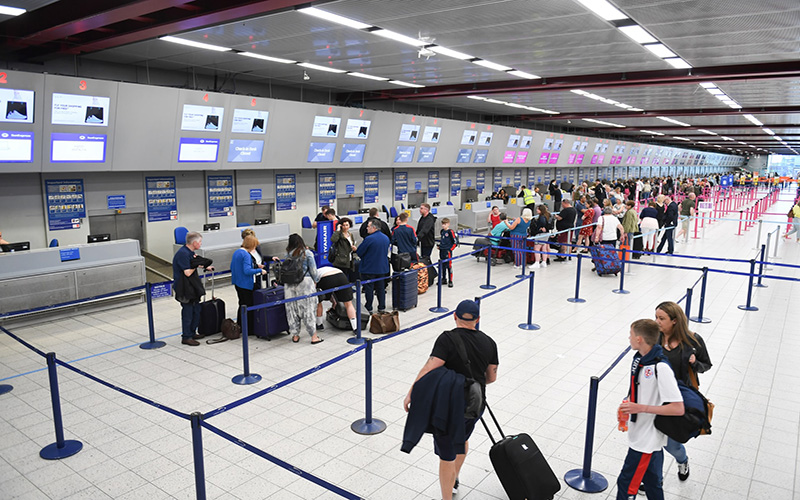
How effective is the traffic light system?
The system as a whole has been met with some controversy since it was initially released, but even more-so after Portugal was moved from green to amber. Many believe that the constant shifting of countries is damaging businesses who have already had to endure so much during the periods of lockdown. The World Travel and Tourism Council have even stated that the whole system is “damaging” and “wreaking havoc” as many jobs could potentially be lost again if international travel continues to be restricted.
Airline companies, such as British Airways and Easyjet have also hit out at the traffic light system, claiming that the decision-making behind the system could cause irreversible damage to the travel industry. Easyjet’s chief executive, Johan Lundgren, stated “Portuguese rates are similar to those in the UK, moving the country into the amber list simply isn’t justified by the science. When this framework was put together, consumers were promised a waiting list to allow them to plan. Yet the government has torn up its own rule book and ignored the science, throwing people’s plans into chaos, with virtually no notice or alternative options for travel from the UK. This decision essentially cuts the UK off from the rest of the world.”
What’s the future of the traffic light system?
According to the government website, the traffic light system is planned to be reviewed in June, July and October of 2021. However, due to the recent controversies, it will be interesting to see if any changes are made to the system beforehand. Make sure to follow us on Facebook, LinkedIn and Instagram for the latest travel updates and general travel advice so that you can stay safe this summer.
Written by Joe Corfield.
